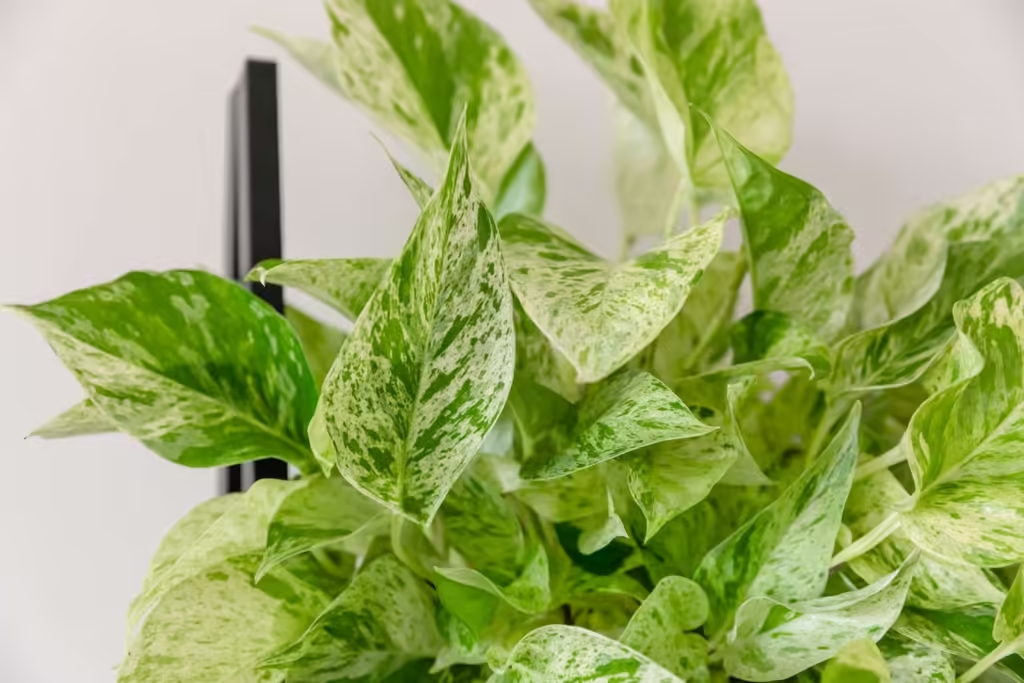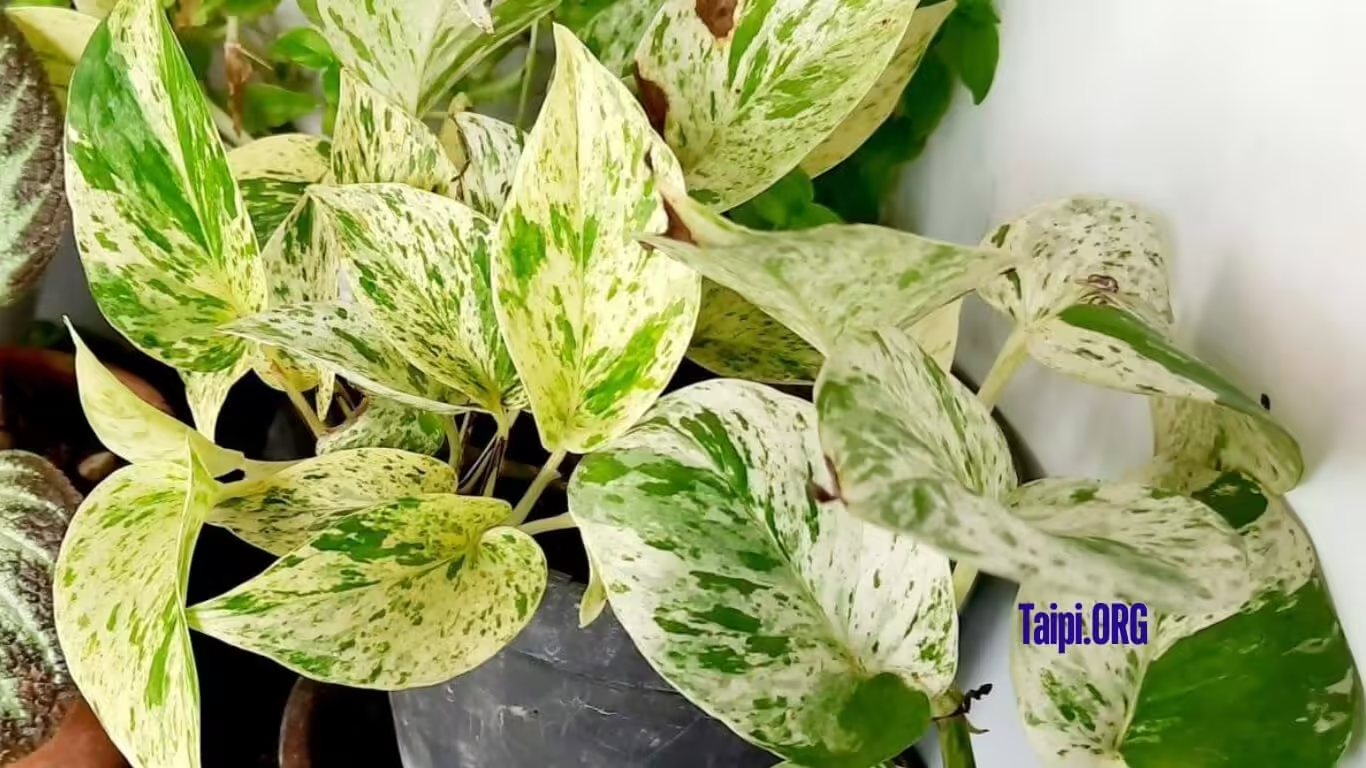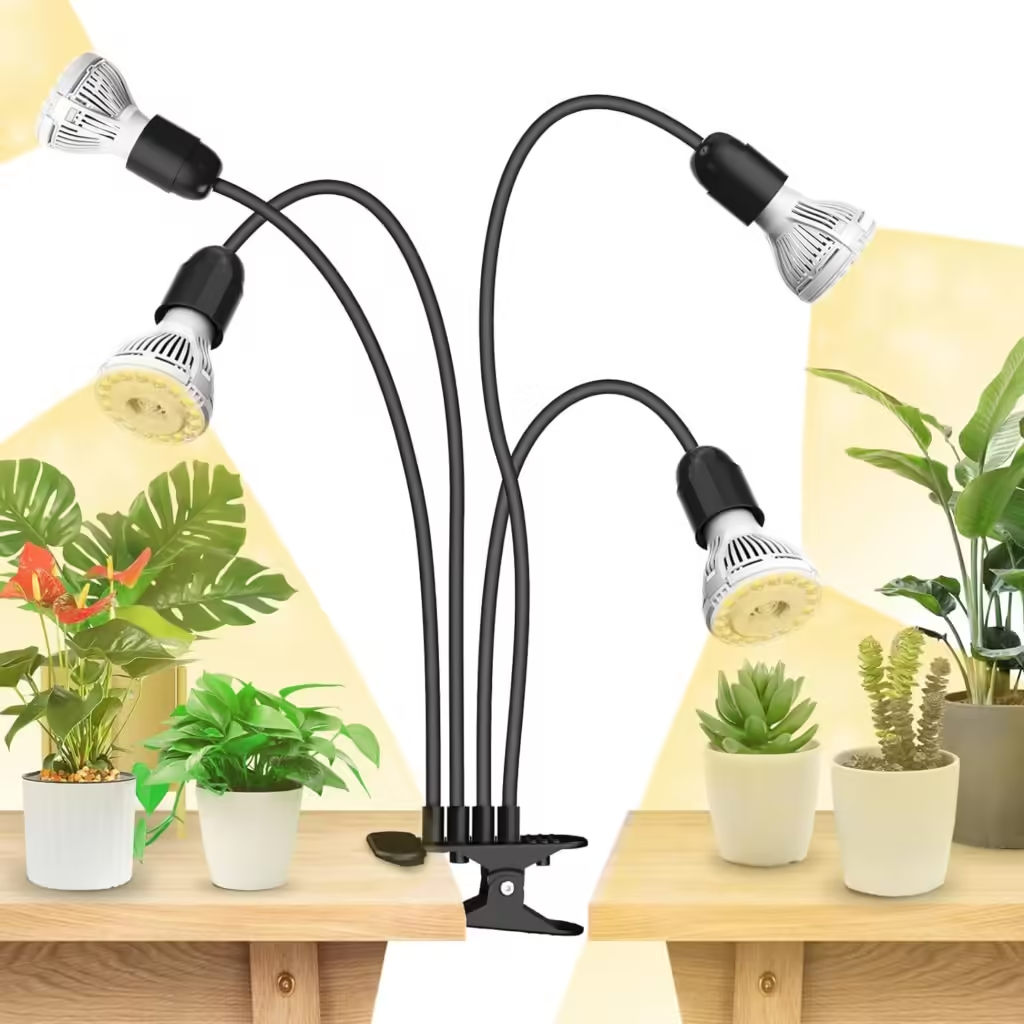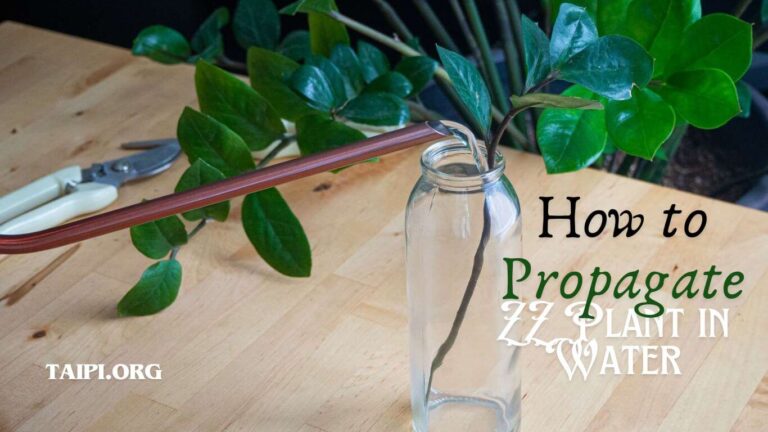How to Plant, Grow, and Care for Snow Queen Pothos Like a Pro
Having houseplants can significantly improve your indoor environment, and Snow Queen Pothos is a top choice, especially for bedrooms. This plant not only adds a touch of elegance with its variegated leaves but also purifies the air, making your space healthier. This comprehensive guide will delve into the history of the Snow Queen plant, its care requirements, and why it’s an excellent addition to your home.
History of the Snow Queen Pothos

The Snow Queen Pothos is a beautiful and popular variety of pothos known for its striking white and green variegated leaves. This plant is a cultivar of the Epipremnum aureum species, which is native to the Solomon Islands.
The variegation in Snow Queen Pothos is characterized by a higher percentage of white, giving it a unique, frosty appearance.
| Feature | Details |
| Common Name | Snow Queen Pothos |
| Scientific Name | Epipremnum aureum ‘Snow Queen’ |
| Plant Type | Vine |
| Mature Size | Up to 10 feet long indoors |
| Sun Exposure | Bright, indirect light |
| Soil Type | Well-draining potting mix |
| Soil pH | 6.1 to 6.5 |
| Watering | When the top inch of soil is dry |
| Temperature | 65-85°F (18-29°C) |
| Humidity | Moderate to high |
| Toxicity | Toxic to pets and humans if ingested |
Is the plant variegated? Absolutely. Its stunning variegation is one of the primary reasons for its popularity among plant enthusiasts.
Reasons Why Pothos Are Called Devil’s Ivy
Pothos, including the Snow Queen Pothos, are often called Devil’s Ivy due to their hardiness and resilience. These plants are notoriously difficult to kill and can thrive in various conditions, often surviving neglect that would kill other plants.
Their ability to grow vigorously and spread quickly, sometimes in less-than-ideal conditions, has earned them this somewhat ominous nickname.
Marble Queen Pothos vs Snow Queen
Marble Queen Pothos and Snow Queen Pothos are beloved for their beautiful variegation and easy care, but there are some key differences and similarities to consider.
| Feature | Marble Queen Pothos | Snow Queen Pothos |
| Variegation | Green and white, with more green than white | Predominantly white with green speckles |
| Growth Rate | Moderate to fast | Slower due to more variegation |
| Light Requirements | Bright, indirect light | Bright, indirect light |
| Watering | When the top inch of soil is dry | When the top inch of soil is dry |
| Care Level | Easy | Easy |
| Temperature | 65-85°F (18-29°C) | 65-85°F (18-29°C) |
| Popularity | Very popular | Increasingly popular |
| Common Uses | Hanging baskets, climbing trellises | Decorative pots, indoor decor |
While both plants are relatively easy to care for, the Snow Queen Pothos typically requires more light to maintain its bright white variegation, whereas the Marble Queen Pothos can adapt to slightly lower light conditions.
How to Plant, Grow, and Care for Snow Queen Pothos
Snow Queen Pothos care involves several key steps to ensure your plant thrives, namely:
Planting
To plant your Snow Queen Pothos, select a pot with adequate drainage holes to prevent water from stagnating, which can lead to root rot. Use a well-draining potting mix that retains moisture but allows excess water flow.
A mix designed for houseplants or a blend of peat moss, perlite, and vermiculite works well. Carefully place the plant in the pot, filling around the roots with the potting mix and pressing down gently to remove air pockets. Water thoroughly after planting to help the soil settle around the roots.
Watering
Proper watering is crucial for the health of your Snow Queen Pothos. The plant prefers its soil to dry out slightly between waterings. Check the top inch of soil; if it feels dry to the touch, it’s time to water.
When watering, ensure that you water deeply, allowing the water to reach the roots and flow out of the drainage holes. Avoid letting the plant sit in water, which can lead to root rot. Overwatering is a common issue, so it’s better to underwater slightly than to overdo it.
Light Requirements
Snow Queen Pothos thrives in bright, indirect light, which helps maintain its vibrant variegation. Direct sunlight can scorch the leaves, while too little light can cause the variegation to fade, leaving the leaves more green.
A north or east-facing window is ideal, providing ample light without the harshness of direct sun. If your indoor space lacks sufficient natural light, you can supplement with fluorescent or LED grow lights (pictured above ⬆) to ensure your plant gets the light it needs.
Humidity and Temperature
This plant prefers moderate to high humidity levels, which can be achieved by placing a humidifier nearby, misting the leaves regularly, or placing the pot on a tray filled with water and pebbles.
Maintaining a temperature range of 65-85°F (18-29°C) is ideal for this type of the Pothos plant. It can tolerate occasional temperature drops but should be protected from cold drafts and sudden temperature changes.
Fertilizing
To encourage healthy growth, use a balanced, water-soluble fertilizer (pictured above ⬆)to fertilize your Snow Queen Pothos monthly during the growing season (spring and summer).
Dilute the fertilizer to half the recommended strength to avoid overfeeding, which can lead to fertilizer burn and damage to the plant’s roots.
During fall and winter, when the plant’s growth slows down, reduce the frequency of fertilization to every 6-8 weeks.
Pruning and Cleaning
Regular pruning helps maintain the shape and size of your Snow Queen Pothos and encourages bushier growth.
Trim any leggy or overgrown vines using clean, sharp scissors or pruning shears. Pruning also helps remove any yellowing or damaged leaves, which can occur occasionally.
Additionally, dust can accumulate on the leaves, blocking light absorption. Gently wipe the leaves with a damp cloth to keep them clean and healthy.
Propagation
The Queen Pothos is easy to propagate, making it simple to share your plant with friends or expand your collection. The most common method is stem cuttings. Select a healthy vine and cut a 4–6-inch section just below a node (where a leaf attaches to the stem).
Remove the lower leaves and place the cutting in a glass of water or directly in a pot with moist soil. If propagating in water, wait for roots to develop, then transfer the cutting to soil. Another method is division, where you carefully separate a portion of the plant with its own roots and repot it in a new container.
Transplanting
As your Snow Queen Pothos grows, it may outgrow its pot. Repotting every 1-2 years allows the plant to continue thriving. Choose a pot that is one size larger than the current one and refresh the potting mix.
Gently remove the plant from its old pot, being careful not to damage the roots. Place it in the new pot, fill around it with fresh soil, and water thoroughly to help settle the roots.
Common Problems Affecting Snow Queen Pothos
Here are the common problems that affect the Pothos Snow Queen:
- Yellowing Leaves: Often a sign of overwatering or poor drainage. Ensure the plant is not sitting in water and adjust your watering schedule.
- Brown Tips: Could indicate low humidity, underwatering, or salt build-up from over-fertilizing. Increase humidity, adjust watering, and flush the soil periodically to remove excess salts.
- Pest Control: Watch for pests like spider mites, mealybugs, and scale. If you notice pests, treat the plant with insecticidal soap or neem oil, and isolate the plant to prevent the infestation from spreading.
Where to Find Snow Queen Pothos for Sale
Amazon, the leading online store in the world, has Snow Queen Pothos for sale. Here are two a few options:
The above links will lead you to various sellers offering healthy Snow Queen Pothos plants that can be delivered directly to your door.
How Long Can Snow Queen Pothos Live?
Under optimal conditions, a Snow Queen Pothos can live for many years, often reaching a lifespan of 5-10 years or more. Proper care, including adequate watering, light, and occasional fertilization, can significantly extend the life of your plant.
Frequently Asked Questions (FAQs)
Q: How often should I water my Snow Queen Pothos?
A: Water your Snow Queen Pothos when the top inch of soil feels dry. Avoid letting the plant sit in water to prevent root rot.
Q: Can Snow Queen Pothos grow in low light?
A: While it can tolerate low light, the plant’s variegation may fade. Bright, indirect light is best for maintaining its stunning appearance.
Q: Is Snow Queen Pothos toxic to pets?
A: Snow Queen Pothos is toxic if ingested by pets or humans, causing symptoms like mouth irritation and vomiting.
Q: What is the difference between Snow Queen and Marble Queen Pothos?
A: The main difference is in the variegation: The Queen pothos has predominantly white leaves with green speckles, while Marble Queen has a more balanced green and white variegation.
Conclusion
Incorporating a Snow Queen Pothos into your home not only enhances the aesthetic appeal but also contributes to a healthier living environment. With its beautiful variegation and relatively easy care, it’s a fantastic choice for both novice and experienced plant enthusiasts. Embrace the beauty and benefits of this stunning plant and watch your indoor space transform.
For more articles on pothos plant, visit this category.









